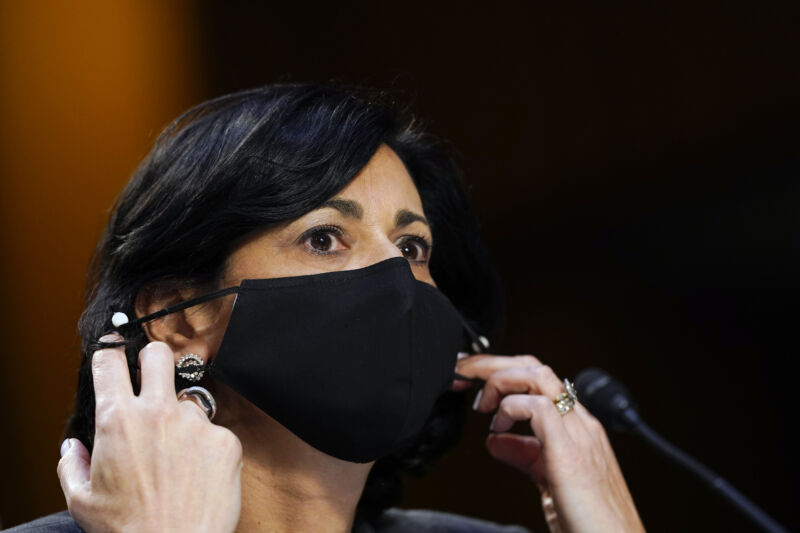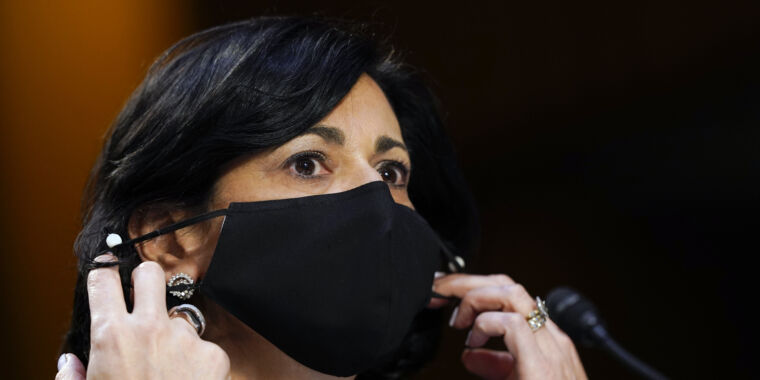
Rochelle Walensky, director of the Centers for Disease Control and Prevention, has experienced a COVID-19 rebound—a return of mild symptoms and positive tests after completing a course of the antiviral drug Paxlovid and testing negative—the CDC announced today.
Walensky first tested positive on October 21 and experienced mild symptoms. She completed a five-day course of Paxlovid, recovered, and tested negative. But on Sunday, October 30, her mild symptoms returned, and she once again tested positive, the agency reported.
Walensky now joins the ever-growing ranks of people reporting rebounds after Paxlovid, including high-profile rebounders such as President Biden and top infectious disease expert Anthony Fauci. But, according to a small study published in JAMA Network Open last week, rebounds may be surprisingly common in all COVID-19 cases—even those not treated with Paxlovid.
The study looked more closely at daily symptom data from 158 untreated people with COVID-19, who acted as a placebo group in a drug trial. They were followed for 28 days after their COVID-19 cases began. In that time frame, 108 of the 158 people—68 percent—reported a recovery in which their symptoms fully resolved for at least two days. But, of those 108 people, 48 people—44 percent—reported a return of symptoms before the end of the 28-day follow-up period.
Common recurrence
The rebounds were generally mild. Of the 48 rebounders, 41 only reported mild symptoms during their rebound, seven reported moderate symptoms, and none reported severe outcomes. The most common rebound symptoms were cough, fatigue, and headache.
Overall, the authors—led by researchers at the University of California San Diego—concluded that “the natural history of untreated COVID-19 was variable and undulating,” which “may explain some of the rebound of symptoms after treatment for COVID-19, like in cases of what has been described as Paxlovid rebound.”
The study had limitations, as all do. It didn’t confirm rebounds with rapid test results. It also occurred while alpha was the dominant SARS-CoV-2 variant, so it’s unclear if rebound rates are the same now as omicron subvariants dominate and people generally have higher levels of immunity from vaccination and previous infections.
But, it adds more data to a puzzling phenomenon. Scientists still aren’t clear why rebounds occur, who is at risk, or how common it is. Some have speculated that it could be due to rebounding viral replication or faltering immune responses. Some preliminary data from the National Institutes of Health, however, suggested that rebounds may be due to immune responses flaring as the body clears debris from a quashed infection.
In clinical trials for Paxlovid, Pfizer researchers noted that about 1 percent to 2 percent of both treated and placebo groups had rebounds, suggesting it’s equally likely to occur with or without treatment. But, as the use of Paxlovid has become more common, anecdotal reports of rebounds after a course of the treatment piled up, making it seem like the percentage of affected people is much higher than just 1 or 2 percent. The new study supports that anecdotal conclusion—but not just for those taking the antiviral.








